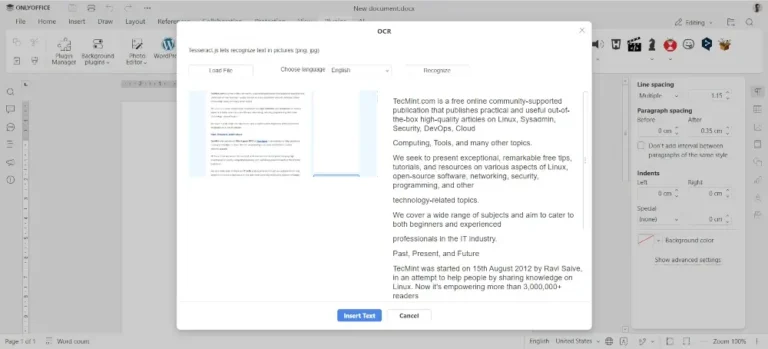
The idea of automating governance, risk and compliance (GRC) processes to streamline auditing is not exactly new. For some time, many auditing firms have leveraged automation solutions – typically ones that they build in-house – to help automate workflows associated with assessing audit evidence and communicating with stakeholders.
Taken together, GRC automation capabilities like these allow auditors to collect the information they need, associate it with relevant compliance requirements and evaluate each customer’s compliance status as quickly and efficiently as possible.
Fortunately, addressing these shortcomings is possible. The solution starts with implementing workflows that pull data from customers‘ “source of truth” systems automatically, rather than requiring manual fulfillment of every request. Although customers may still need to supply some data manually, this type of automation can dramatically reduce the time, effort and risk associated with data collection.
The basics of GRC automation
As a result of shortcomings like these, conventional security and compliance automation solutions in the auditing industry fall short of truly minimizing the amount of time and manual effort – on the part of both auditors and customers – that is necessary to complete audits. They’ve also made it difficult to implement totally standardized approaches to automated auditing that work across multiple businesses, regardless of the types of compliance frameworks they need to support or the data they submit.
By Martin Davies
The shortcomings of security and compliance automation for auditing
From there, auditors can benefit from automations that streamline the evidencing of core operational components of compliance frameworks. They can also map the data onto each customer’s compliance requirements, eliminating the need for staff to locate data manually when assessing whether customers meet their requirements.
- Traditional solutions often require staff members to log into different systems or dig deep inside user interfaces to find data submitted by customers – because even if the data is stored in one central platform, that doesn’t mean it’s easy for auditors to find all the data submitted in response to a large volume of requests.
- The process of submitting data is typically manual on the customer’s side. Automating the request doesn’t translate to automating request fulfillment.
- There is no way to confirm automatically that the data supplied by a customer aligns with what an auditor actually requested.
- Data that customers submit often cannot be associated with a specific compliance requirement automatically. Auditors have to generate these mappings manually.
This is what next-level security and compliance automation looks like. It doesn’t mean discarding traditional automation solutions; instead, it builds upon them by adding powerful new features that extend far beyond the automation of basic workflows like initiating requests. The result is more efficient and cost-effective processes for auditors, with the bonus of a smoother experience for customers.
Across virtually all industries and business types, audits are typically a complex and daunting process. They require the collection and analysis of vast troves of information. The primary challenge lies with organizations having to navigate the intricate landscape of frameworks and standards. Auditors constantly grapple with deciphering framework requirements, ensuring they are being provided the right evidence by their client organizations, and verifying that the evidence meets the standards set by the relevant frameworks. They also usually involve significant numbers of stakeholders, who must communicate on an ongoing basis over a period of weeks or months to complete an audit.
Taking auditing automation to the next level
Ultimately, these challenges translate to higher costs and a higher level of risk for auditors. The more manual work that is necessary to complete an audit, the higher the staffing resources it requires, and the greater the risk of errors due to human oversight.
GRC tools like these bring some level of efficiency to auditing. But on their own, they only go so far in bringing speed, efficiency and risk reduction to complex auditing processes.
But by closing the gaps in traditional security and compliance automation, GRC tools can streamline workflows for organizations and their auditors in new and powerful ways. This article explains what a more modern approach to GRC automation looks like and how auditors can benefit from it.
But the efficiency that traditional GRC automation software offers typically ends with centralizing the requests and data collection. It overlooks other aspects of the auditing process that can be tedious, time-consuming and prone to errors, such as:
In the past, auditing firms’ efforts to streamline the auditing process using automation tooling focused largely on centralizing data collection and communication.



